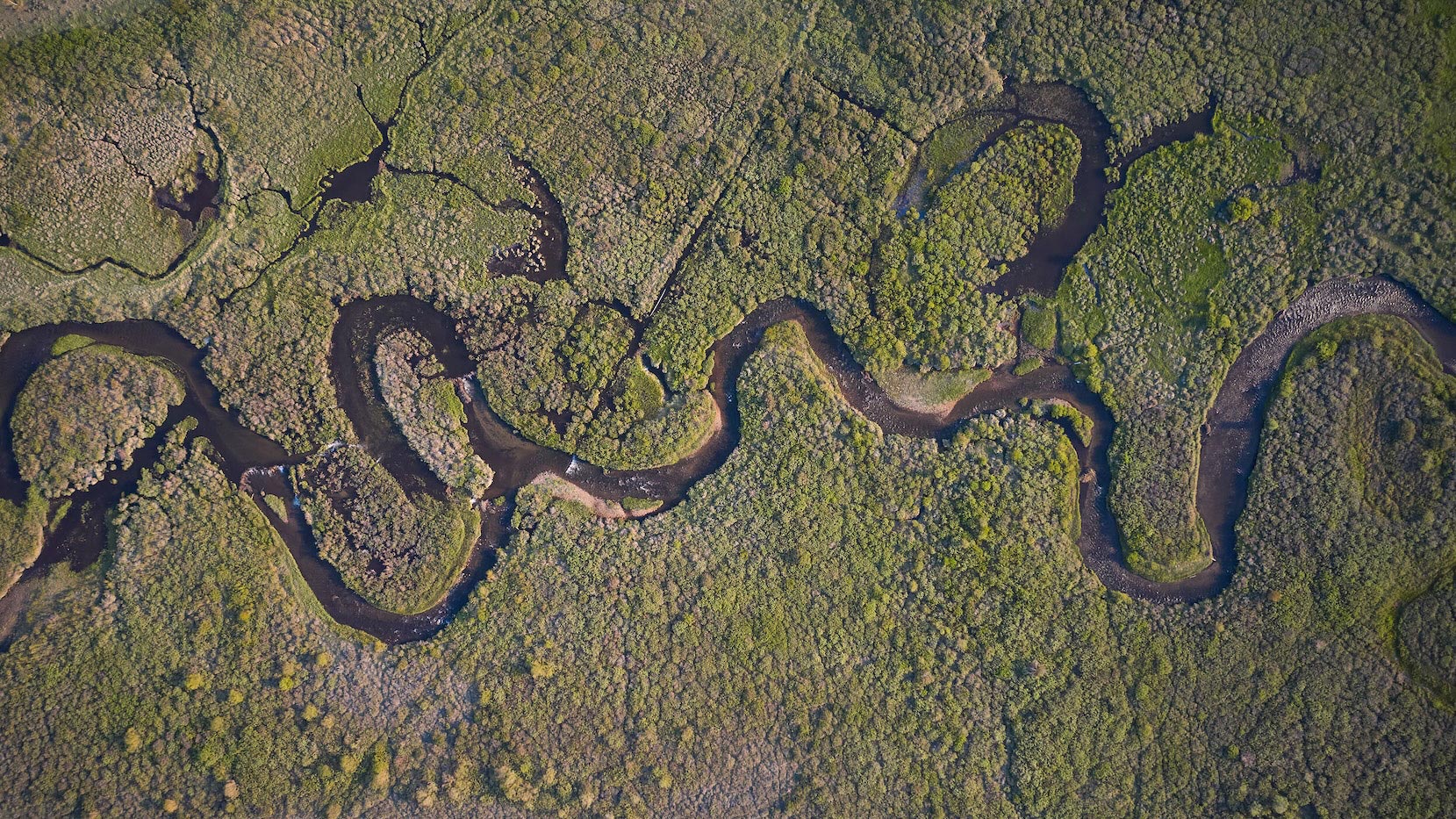Connect with us
Published
1 week agoon
By
admin
A recent study conducted by researchers from Princeton University and the University of Arizona has mapped continental groundwater flow, revealing significant insights into underground water movement. The study indicates that rain and snowmelt can travel deeper and farther than previously understood, with over half of stream water coming from deep aquifers. This groundbreaking simulation, developed over three years, tracks water’s journey from infiltration to re-emergence in freshwater streams, with groundwater becoming a critical factor in managing water resources and tracking pollution.
Spanning the continental U.S. and parts of Canada and Mexico, the simulation reveals that groundwater can flow for hundreds of kilometers and remain underground for thousands of years. It establishes connections between watersheds, which impacts how long contamination persists in groundwater. With groundwater constituting 99% of the world’s unfrozen freshwater, its vital role in drinking water and agriculture underlines the importance of sustainable management as depletion rates climb. The findings suggest that deep aquifers significantly contribute to streamflow, particularly in regions with steep topography, emphasizing the need for improved tracking and understanding of groundwater dynamics in the face of climate change. The study is published in Nature Water.


















